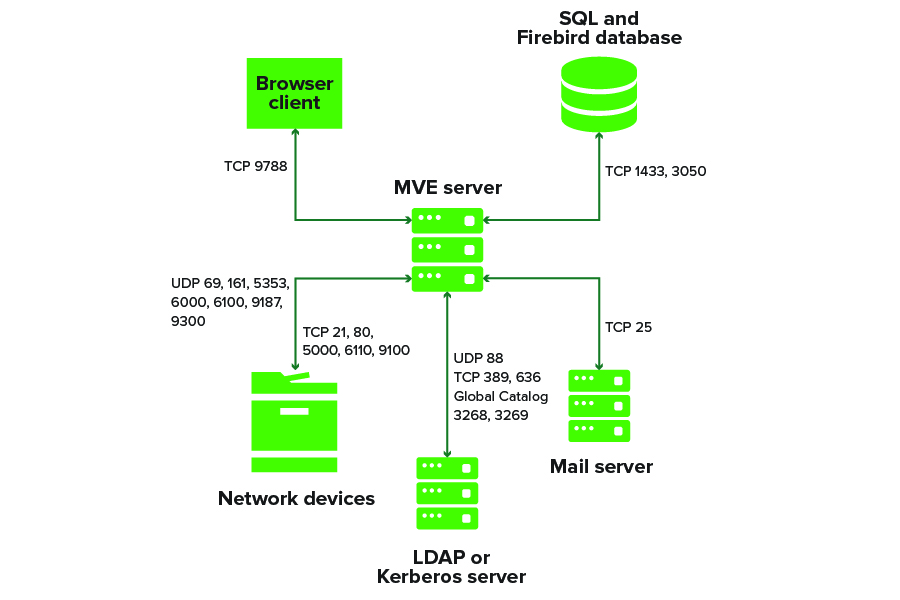
Constructing a custom Network Access Control List and linking it to a subnet is possible. The default Network Access Control List for ipv4 traffic is already present in the VPC. When a website has to be visited, the user's request must land on the correct port and the website server must access the database(having data stored), and after extracting the necessary information, the website server must respond to the user. Source: The origin of the traffic (CIDR range) is shown in the inbound image above.ĭestination: The location where the traffic is headed (CIDR range) as shown in the outbound image above. For example 80 for HTTP traffic, 443 for HTTPS, 3306 for MySQL/Aurora, etc. Port Range: The traffic's listening port or set of ports. You can select any or all of the ICMP types and codes if you choose ICMP as the protocol. Protocol: Any protocol with a standard number can be specified for example ICMP, TCP, etc. Additionally, you may pick a specific range (or) all traffic. Type: The nature of the transmission, like SSH, HTTPS, HTTP, ALL ICMP, etc. Any higher-numbered rule that might conflict with a rule that matches traffic is ignored. Rule Number: The rule with the lowest number is examined first.


Some ACLs permit both letters and numbers. Network Access Control List's name: This uses a name rather than a number to identify an ACL as shown in the above image. You can easily refer to the above images for the below-mentioned points: Like ACL A, network ACL B controls which traffic can enter and exit subnet 2. Traffic heading towards subnet one is permitted to enter subnet one, and traffic heading outside of subnet one is allowed to depart subnet 1, according to network ACL A. The router routes the traffic to its destination when it enters the VPC (for instance, from a peering VPC, VPN connection, or the internet). The diagram that follows demonstrates a VPC with two subnets. To give one more layer of security to your VPC, you can either use the default network ACL or establish a custom network ACL with rules that are identical to the rules for your security groups. We will cover the difference between Network Access Control Lists and Security Groups in this article.Ī network access control list (ACL) permits or prohibits particular inbound or outgoing traffic at the subnet level. We will also discuss Network Access Control Lists' components, rules, types, best practices, and benefits. This article talks about Network Access Control Lists, which allow users to apply a firewall that aids in securing the VPCs and subnets. It assists in providing a security layer that regulates and effectively manages the traffic that circulates within the subnets. if so, is there a corresponding packet in the preceding 1000 ms, i.e.Amazon NACL ( Network Access Control List) is a security measure used by the Amazon Web Services stack. By supplying a firewall, Network Access Control List aids in securing the VPCs and subnets.


is the incoming 'dest_port' above 1024? Instead, I think the only accurate method would be one where each connection is evaluated for: But we have a lot of services which use high-port numbers so all these methods accidentally remove valid traffic. I have spent hours testing various combinations of filters, e.g. So 99% of the 'incoming' ports are not actual listeners which we need to include in our SGs. There are 10K's worth of incoming packets with dest_port in the 1024-65535 range, i.e., where that particular 'dest' server had initiated a connection using an ephemeral local port and then the return traffic went to the same port. Unfortunately, a simple 'stats count by dest_ip,dest_port,protocol,src_ip,src_port' does not result in a usable report - because all the stateful return-traffic is listed, too. Specifically, I want a list of incoming traffic (by 'dest_ip') which shows all IP/port combinations. I am trying to build a report for AWS FlowLogs which can be used to analyze SG usage.


 0 kommentar(er)
0 kommentar(er)
